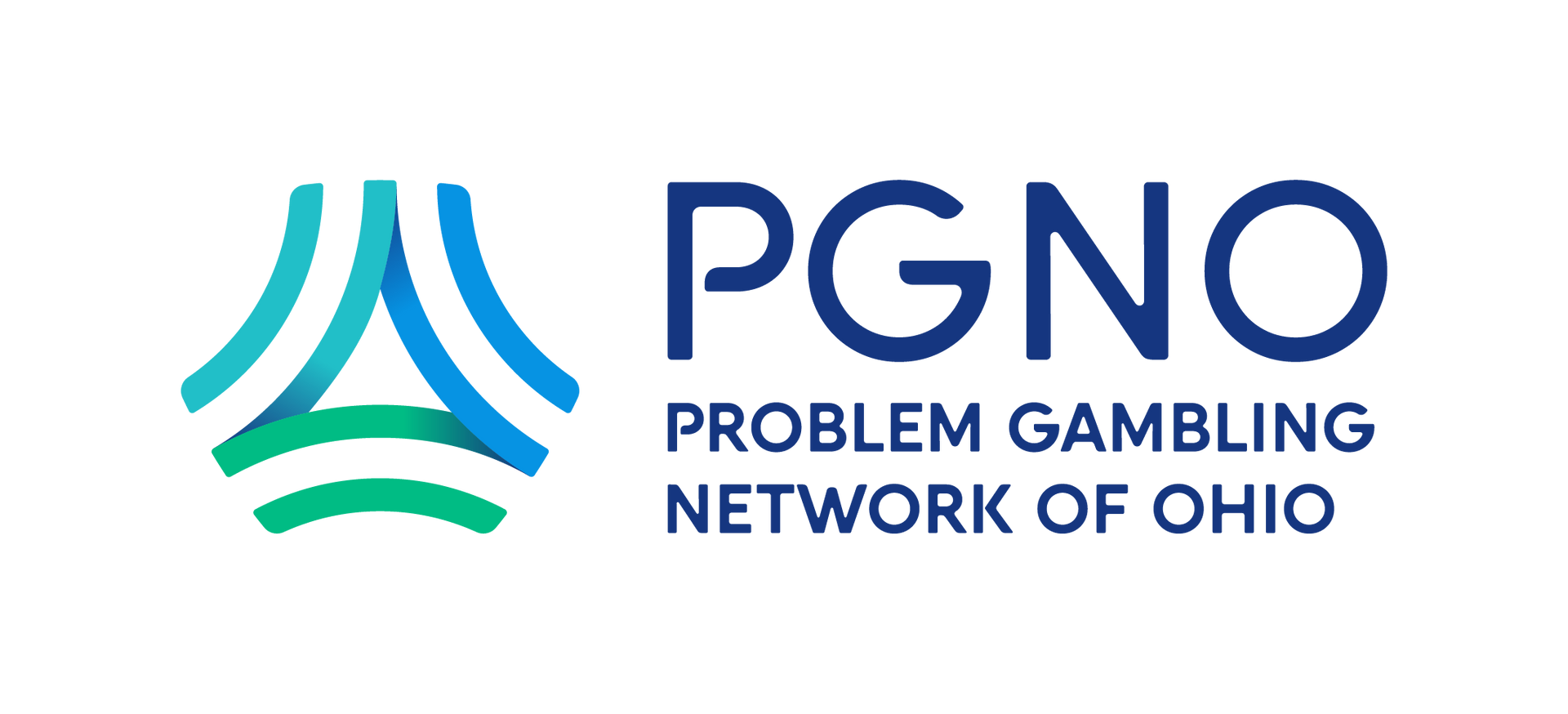— RESOURCES
Resources for Professionals
Who can provide treatment?
Getting your Gambling Disorder Endorsement is a great way to expand your counseling skills and provide specialized care to those experiencing problem gambling.
Ohio Chemical Dependency Professionals Board
If you're a current license holder with an LCDC II, LCDC III, or LICDC, you can get your endorsement by obtaining the necessary continuing education hours needed under the OCDP Board.
Preliminary Gambling Endorsement:
- Complete 30 hours of gambling-specific training in four content areas.
- You'll have up to two years to advance to the Renewable Gambling Endorsement.
Renewable Gambling Endorsement:
- Complete 100 hours of direct clinical experience in gambling disorder.
- Obtain a minimum of four hours of supervision from a gambling disorder qualified supervisor.
- Submit an Experience Verification form that documents these hours.
Six hours of gambling-specific education are needed every two years to renew the endorsement with your attached license.
For questions or additional guidance about the GAMB Endorsement, email GAMB@PGNOhio.org.
Ohio Counselor, Social Worker, and Marriage and Family Therapist Board
Professionals licensed under the CSWMFT Board are not required to submit formal documentation of hours, though PGNO recommends obtaining 30 hours of gambling-specific education.
Licensed CSWMFT professionals can apply for certification with the International Gambling Counselor Certification Board (IGCCB):
- Complete 30 hours of gambling-specific education.
- Complete 100 hours of clinical experience treating gambling disorder.
- Have at least a bachelor's degree in a recognized behavioral health field.
- Supervision hours must be provided by an IGCC Board Approved Clinical Consultant (BACC).
- Pass the IGCCB examination.
PGNO is a Preferred Provider of IGCCB. Those interested in obtaining their International Certified Gambling Counselor Certification (ICGC-I or ICGC-II) can find more information on the IGCCB website.
An FAQ to help you navigate treating gambling disorder
Why should I become qualified in treating gambling disorder? Access to gambling is easier than ever, and problem gambling rates in Ohio are on the rise. Currently, 50 of Ohio's 88 counties have zero treatment options available for clients with gambling disorder. The need for qualified clinicians is as important as ever.
What if I am licensed through both the OCDP and the CSWMFT Boards? Can I still get the Gambling Endorsement? Yes! Social workers and counselors that also have an active LCDC II, LCDC III, or LICDC are able to apply for the Gambling Endorsement through the OCDP Board. This is preferred in order to establish qualification in treating gambling disorder.
How do I get referrals? Clinicians who complete the Stages Training Series, or who demonstrate they have obtained 30 hours of gambling-specific education are able to submit a Referral Agreement with PGNO that will place their agency on the state-wide gambling provider referral list.
In addition to being on the statewide referral list, you are encouraged to work with your agency on promoting the gambling services that your agency offers, developing appropriate screening procedures, and informing all staff, including the front desk, of the internal process for problem gambling clients.
What are the requirements to apply for certification with the International Gambling Counselor Certification BOard (IGCCB)? IGCCB requires clinicians to have 30 hours of gambling-specific education approved by IGCCB along with 100 hours of clinical experience treating gambling disorder. Applicants must have at least a bachelor's degree in a recognized behavioral health field. Supervision must be provided by an International Gambling Counselor Board Approved Clinical Consultant (BACC). Applicants must also pass an examination.
PGNO is a Preferred Provider of IGCCB.
South Oaks Gambling Screen (SOGS):
A widely used diagnostic tool that assesses the severity of a person's gambling problem. It includes 20 questions focused on the individual's gambling behaviors, consequences, and emotional impacts. It’s often used to identify those at risk for gambling addiction.
SOUTH OAKS GAMBLING SCREEN: REVISED FOR ADOLESCENTS (SOGS-RA)
South Oaks Gambling Screen – Spanish: Translated into Spanish.
Problem Gambling Severity Index (PGSI):
Part of the Canadian Problem Gambling Index, this screen uses 9 items to assess the severity of gambling issues. It helps to categorize individuals into different levels of gambling severity (low, moderate, or severe problem gamblers).
A brief screening tool that asks individuals to answer yes or no to two questions: "Have
you ever lied to people about how much you gamble?" and "Have you ever bet more
than you could afford to lose?". The L/BQ is designed to quickly identify people at risk for
problem gambling.
DSM-5 Gambling Disorder Criteria:
A screen based on the diagnostic criteria for gambling disorder as outlined in the DSM-5. It includes a set of 9 criteria, with a diagnosis of gambling disorder requiring at least 4 of the criteria to be met (e.g., increased tolerance, withdrawal symptoms, and unsuccessful attempts to stop).
National Opinion Research Center DSM-IV Screen for Gambling Problems (NORC):
A validated screen that assesses the severity of gambling problems according to DSM-IV criteria. It is a useful tool in identifying individuals who meet criteria for gambling disorder.
Brief Adolescent Gambling Screen (BAGS):
A screening tool designed for identifying problem gambling behaviors in adolescents. It is similar to adult gambling screens but tailored to capture the specific patterns and risk factors in youth.
Addiction Severity Index (ASI):
Although primarily used for substance abuse, the ASI can include sections that assess gambling behaviors, particularly in individuals who struggle with both substance use and gambling.
National Opinion Research Center Diagnostic Screen for Gambling Disorders, Loss of Control, Lying and Preoccupation screen, is a three-item screen derived from the NODS.
National Opinion Research Center Diagnostic Screen for Gambling Disorders, Preoccupation, Escape, Risked Relationships and Chasing Screen, is a four-item screen derived from the full NODS.
Brief Bio-Social Gambling Screen (BBGS):
A three-question brief screening instrument that helps a person decide whether to seek a more formal evaluation or treatment of their gambling behavior. Clinicians can also use this with their clients to determine if a more comprehensive screen is necessary.
The Nower screen is based on the DSM-IV-TR classification: it is a brief biosocial screen used to detect current gambling disorders among gamblers.
Gamblers Anonymous 20 Questions:
This questionnaire, which was developed by Gamblers Anonymous, is intended as a self-assessment for “compulsive gambling.” It has not been scientifically tested and validated, so caution should be exercised in its use.
Gambling System Assessment Scale (G-SAS):
The Gambling Symptom Assessment Scale (G-SAS) is a self-report measure designed to assess the severity of gambling-related symptoms. The scale consists of 12 items that measure intensity of urges to gamble, thoughts about gambling, and related behaviors. The G-SAS is commonly used in clinical settings and helps clinicians track changes in symptom severity over time and is useful for assessing treatment outcomes.
Screening Tools
Research has shown there is a strong comorbidity with problem gambling and other mental health and substance use disorders. Effective screenings and assessments are helpful in identifying the need for treatment.
List of Services
-
Brief Biosocial Gambling Screen (BBGS)BBGS Screener List Item 1
The Brief Biosocial Gambling Screen (BBGS) is a 3-item survey designed to help people decide on their own whether to seek a formal evaluation of their gambling behavior. The BBGS is based on the American Psychiatric Association’s Diagnostic and Statistical Manual of Mental Disorders (DSM-IV) criteria for pathological gambling.
-
DSM-5 Gambling Disorder CriteriaDSM-5 List Item 3
The American Psychiatric Association provides guidelines used for gambling disorders which can be found in the Diagnostic and Statistical Manual of Mental Disorders, Fifth Edition (DSM-5).

